By: Grant Toellner
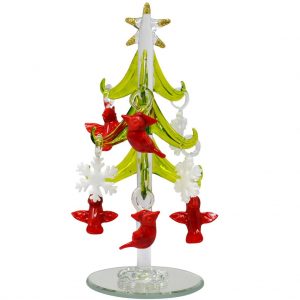
45- A partridge in a pear tree is a key component of the popular Christmas carol, “The Twelve Days of Christmas,” but did you know there are 45 formally recognized species of partridges in the world. Don’t forget all the great glass Christmas trees Songbird Station offers with some featuring great backyard birds and songbirds found right here in Missouri.
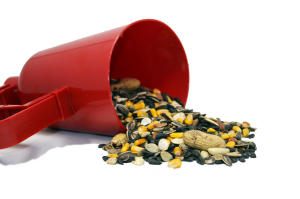
The Julenek- The Scandinavian countries have a beautiful tradition of encouraging the kind treatment of birds at Christmas time. Norwegians call the traditional food offering a Julenek and they believe that if you spread birdseed outside your doorstep on Christmas morning, thus including the birds in the feasting that takes place inside your home, you will have good luck in the coming year. Songbird Station offers small seed bag holders from Alice’s Cottage that allow you to share this tradition with friends and family.
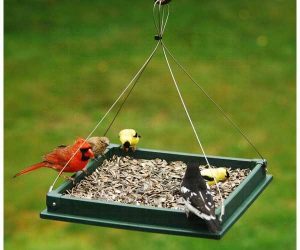
College, Conclave, Deck, Radiance- In the winter months, Northern Cardinals forego their territorial ways and congregate together to form flocks also known as one of the terms above. A group looking for food collectively is more successful than a single cardinal or pair. Platform and ground feeders are a great option for feeding Northern Cardinals and allow multiple birds to eat at one time.
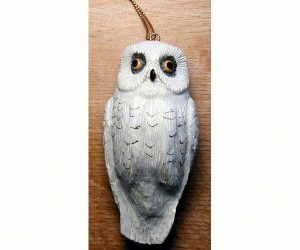
270 Degrees- Unlike other species of owls, snowy owls have flexible neck that can rotate up to 270 degrees. This is their adaptation for having smaller eyes than common owls. They are diurnal, meaning active during both the day and night especially at dusk and dawn. Songbird Station has great gift items for owl lovers including snowy owls that make great Christmas presents.


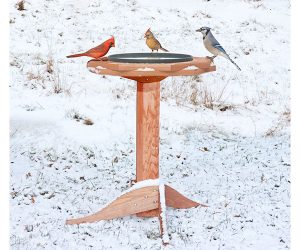
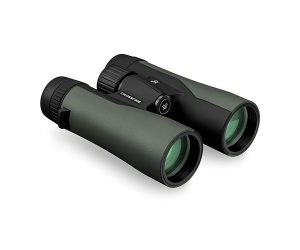
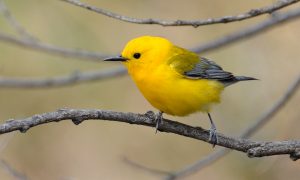
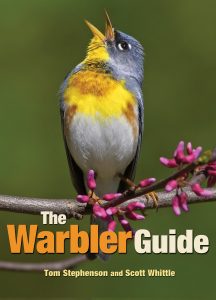
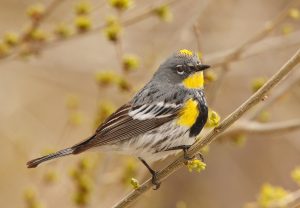
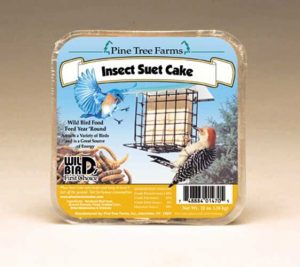
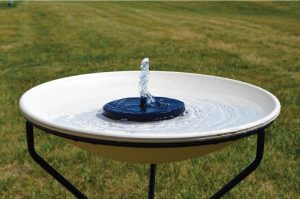

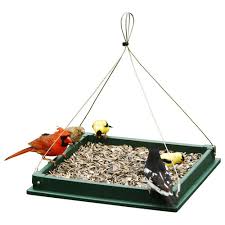
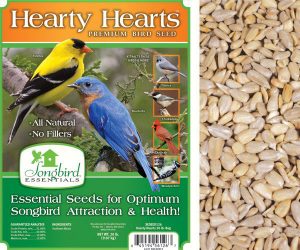
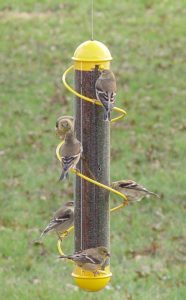
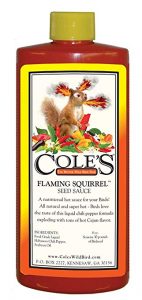
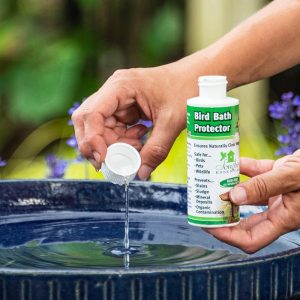
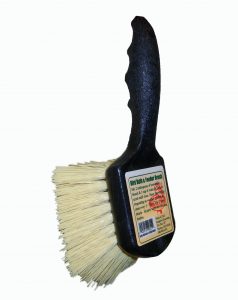



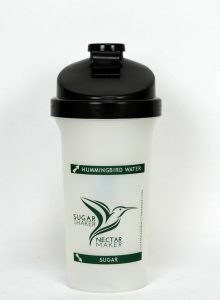
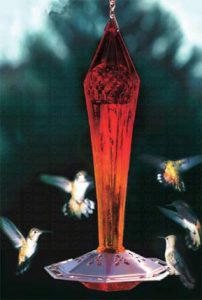
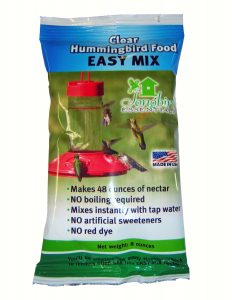
 Dr. JB’s Complete Switchables Available in
Dr. JB’s Complete Switchables Available in 